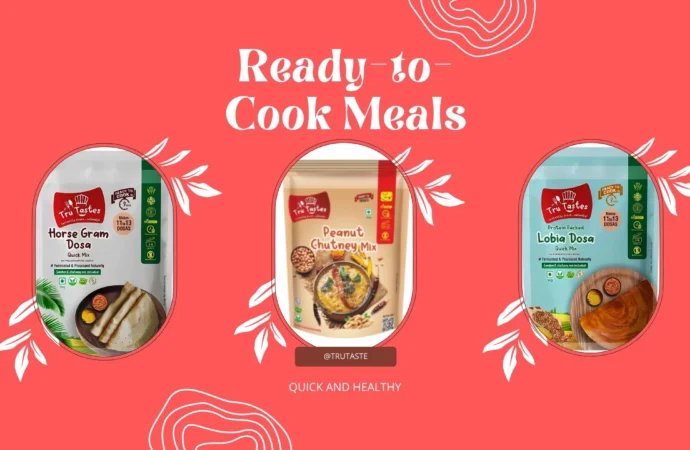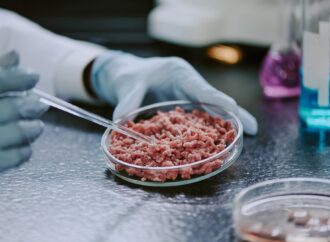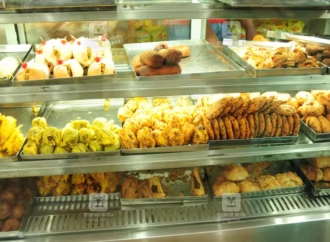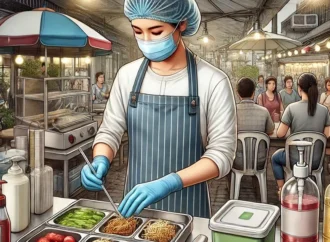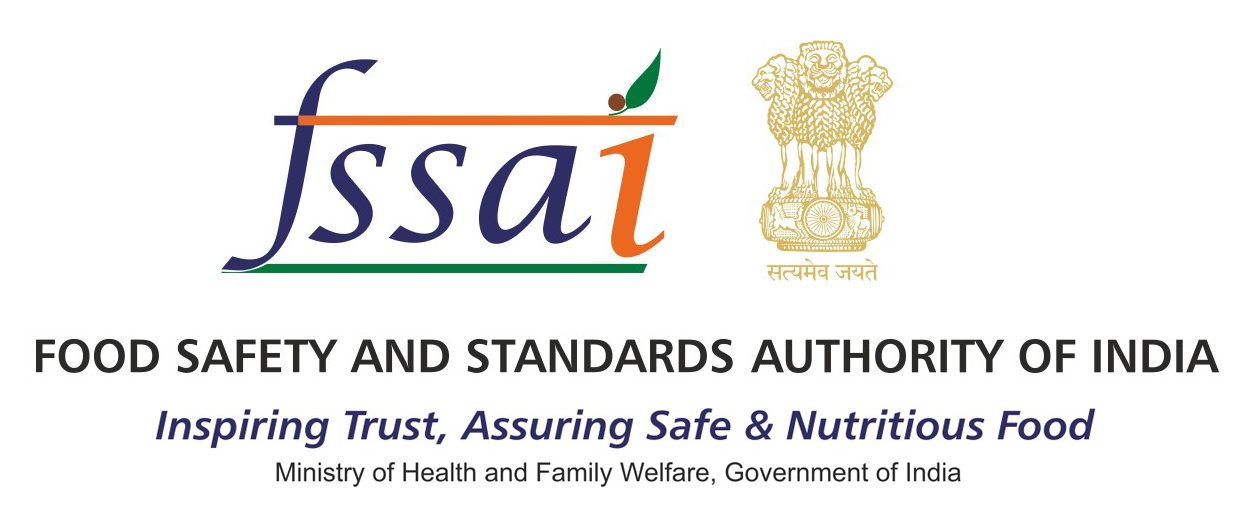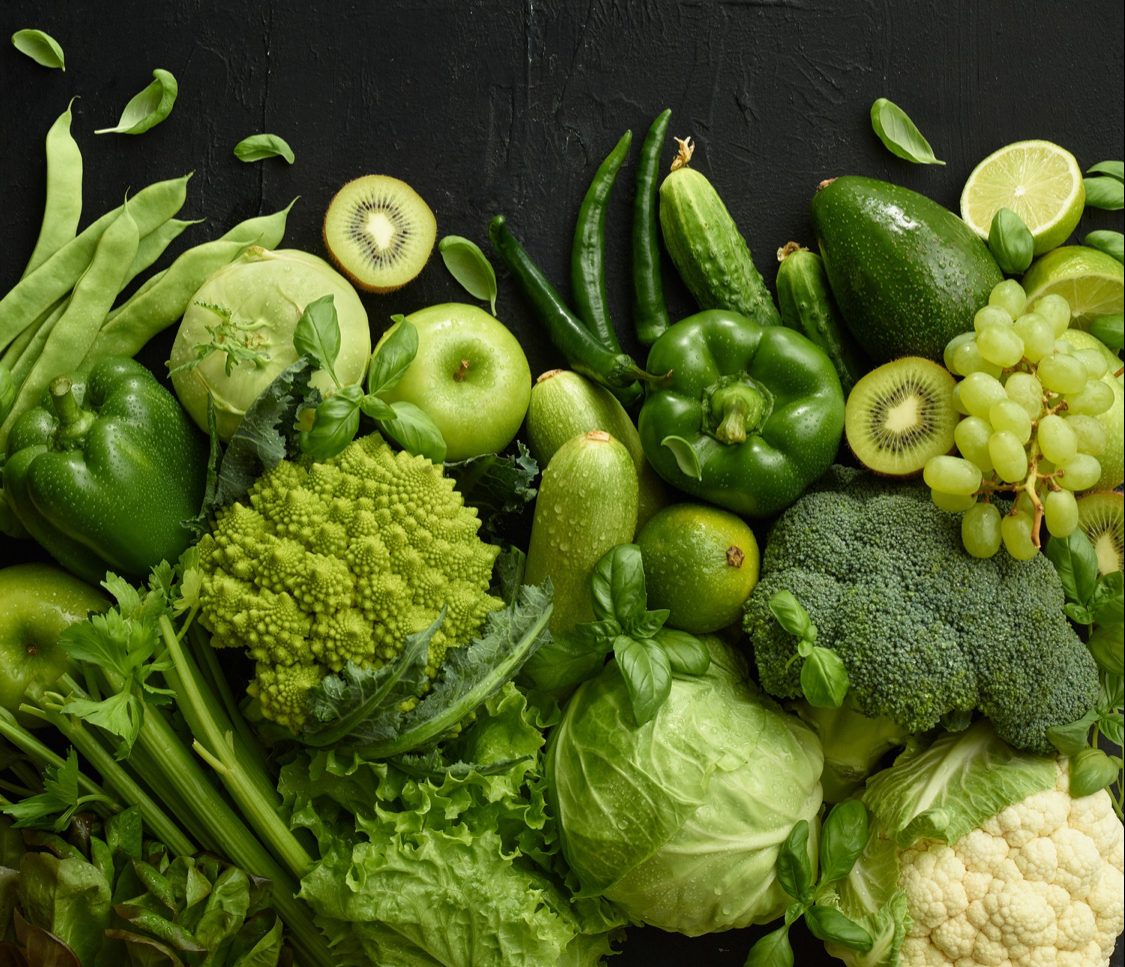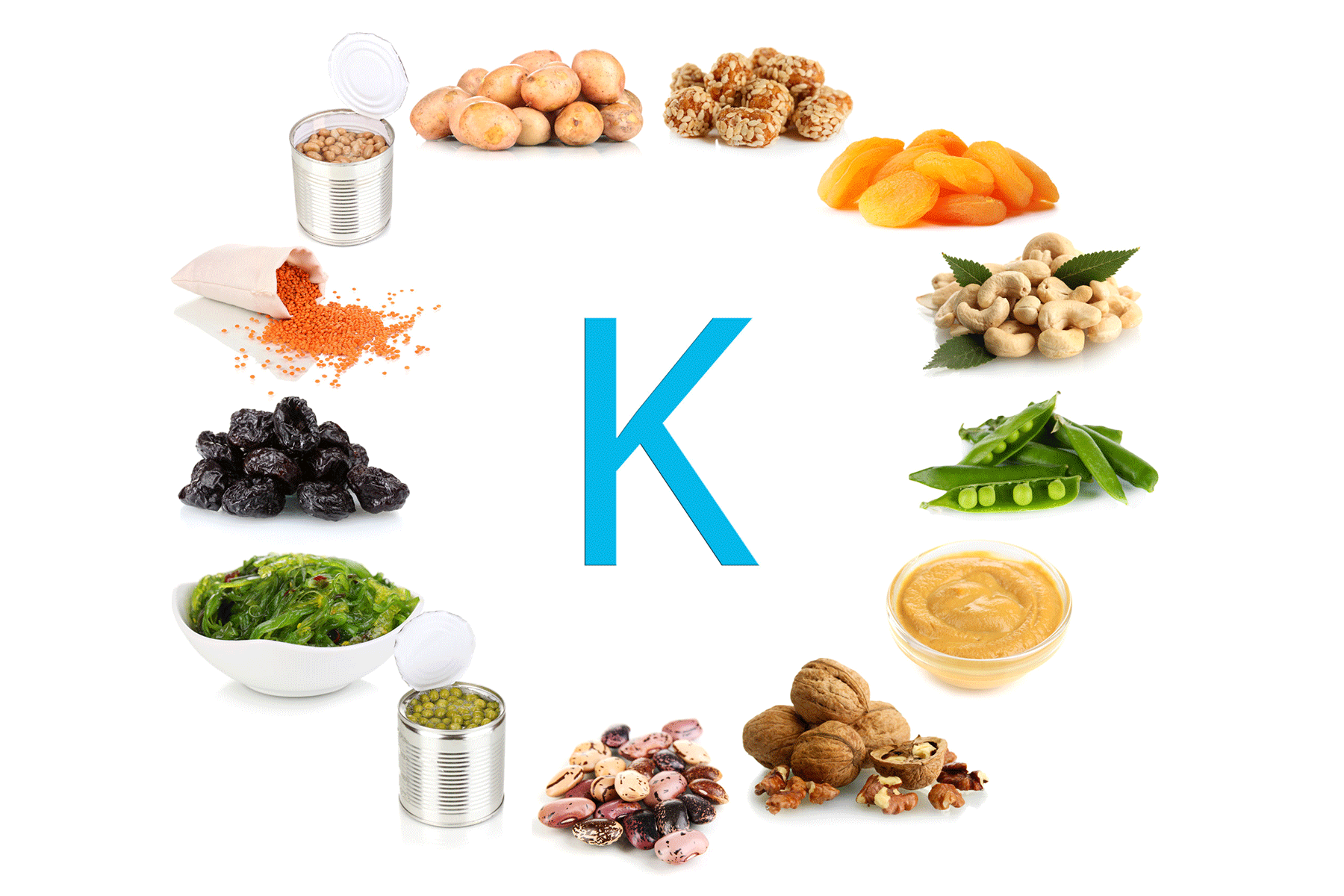Overview
More Indian households are turning to ready-to-cook (RTC) meals for the convenience and speed they offer. In just the past two years, over 18 million households have started using these products, making RTC the only packaged food category to double in volume. As this trend picks up, it brings with it a rising responsibility — ensuring food safety at every step, from manufacturing to kitchen handling.
From Popularity to Precaution: The Need for Safer Practices
While the overall packaged food sector grew by 8%, RTC products saw a striking 58% jump in 2024, according to Kantar Worldpanel, a global consumer insights firm using continuous panels. Products like dosa batters, curry mixes, and cake bases are becoming everyday items. This growth is driven by urbanisation, dual-income families, and time-starved lifestyles. But convenience comes with caution. Since many RTC products use perishable ingredients, they demand proper storage, clear labelling, and hygienic handling to avoid contamination and spoilage.
A Shift from Heat-and-Eat to Half-Cooked
As RTC products gain popularity, ready-to-eat (RTE) foods—which only require heating—are seeing a steep decline. Their market share has halved in just two years. Consumers now prefer semi-cooked options that give them a sense of involvement and freshness. However, this shift also highlights a challenge: Are consumers informed enough to handle RTC products safely at home? The need for awareness on shelf life, refrigeration, and safe preparation is more important than ever.
What Consumers Want: More Than Just Speed
“Convenience is king, but the landscape is changing,” says K Ramakrishnan, MD, South Asia, Worldpanel Division, Kantar. “People want speed, but also freshness, health, and control.” That means brands must offer not just quick solutions, but also products that are safe, clearly labelled, and easy to handle correctly. From packaging design to logistics, food safety needs to evolve with convenience.
How Brands Are Catching Up
Food companies are taking note. Many are rapidly expanding their RTC ranges to meet demand, but safety must be embedded in this growth. Ashu Phakey, VP at ITC, says the rise of quick commerce, along with higher disposable incomes and product innovation, has made RTC a household staple. He adds, “Consumers view RTC meals as fresh food made easy.” This perception puts more pressure on brands to maintain safety standards from sourcing to shelf, ensuring trust is built alongside convenience. RTC’s share in the packaged food market has grown from 5% to 8% in just a few years, showing just how deeply it’s entered Indian kitchens.
Cooking Together, Safely
Many consumers still want to feel like they’re cooking, even if it’s just the final step. Rajiv Kumar of Dharampal Satyapal Group notes that their ready-to-cook gravies, launched in 2023, became popular because they let people stay involved in the meal-making process. But this trend also highlights the need for basic food safety awareness at home, like checking expiry dates, storing opened packs properly, and understanding refrigeration needs.
Conclusion: Fast Food Requires Safe Habits
Ready-to-cook meals offer the best of both worlds: speed and control. But with growing popularity comes greater responsibility for brands to provide safe, well-packaged products, and for consumers to follow hygienic handling practices at home. As these products become a daily staple, the focus must remain clear: keep it quick, but keep it safe.
Source: The Economic Times
 Food Manifest
Food Manifest 